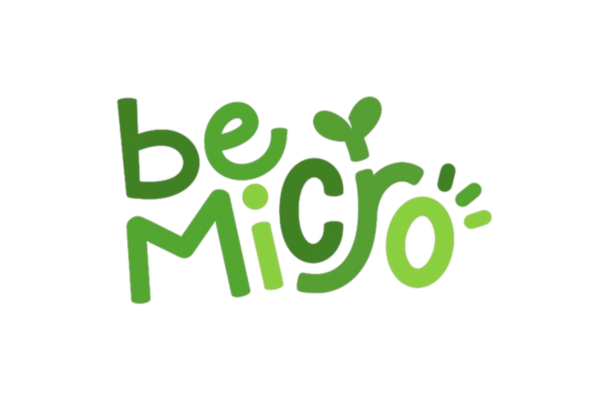When it comes to vegetables, freshly harvested, right out of the garden is best. Does it get any better than Grandma’s tomatoes? However, a close second has emerged thanks to recent advancements in food preservation techniques: freeze-dried produce. In this blog, we will explore the advantages of freeze-dried over fresh, dispel common misconceptions, and highlight the convenience and nutritional power it can bring to our daily lives.
Understanding the Nutritional Content of Vegetables
While fresh vegetables can be a valuable source of nutrients, their nutritional content is not as consistent as commonly assumed. Variations in seed and soil quality, growing conditions (like cleanliness, water, and lighting) and harvest times can all impact the nutrient composition of fresh vegetables. Additionally, the nutrient content of fresh vegetables tends to degrade over time due to exposure to light, air, temperature changes and how they’re stored. Beginning right after harvest, nutrients are lost during transportation, storage, at the grocery store, and at home. As a result, that once "fresh" vegetable may not be as nutritionally potent as we imagined.
What is Freeze-Drying?
Freeze-drying is a preservation method that removes moisture from food while preserving its structure, color, flavor, and most importantly, nutritional benefits all while extending the shelf life up to 25 years. By freezing vegetables to -40°F and subjecting them to a vacuum environment, all the moisture is extracted, leaving behind a lightweight, shelf-stable product that retains most of its original nutritional content. Unlike other preservation methods, freeze-drying doesn't require the addition of additives, flavor enhancers, or chemicals, ensuring that you get a pure and natural end product.

How Does Freeze-Drying Work?
Freeze-drying is a fascinating process that involves several precise steps. First, vegetables are carefully selected and washed to maintain their quality. They are then frozen and placed in a vacuum chamber where the ice crystals formed during freezing undergo sublimation, transforming directly from ice to vapor. This gentle process preserves the cellular structure and locks in the nutrients, resulting in freeze-dried vegetables that retain their original shape, color, and flavor. It's important to note that freeze-drying differs from regular freezing, as just freezing doesn't remove the moisture, leading to a different texture, product, and shelf life.

A Brief History of Freeze-Drying
Freeze-drying may seem like a recent innovation, but its roots can be traced back over a hundred years. In the early 1900s, French scientist Jacques-Arsene d’Arsonval pioneered the freeze-drying process, revolutionizing food preservation. Since then, freeze-drying has found applications in various fields from supplements and pharmaceuticals to space exploration, and emergency food rations. Its versatility and ability to retain nutrients have made it a go-to method for preserving the goodness of many fruits and vegetables.
Comparing Freeze-Drying to Other Preservation Methods
When it comes to preserving the nutritional content of vegetables, freeze-drying outshines other methods like dehydration and canning. Dehydration involves removing moisture through heat, which can lead to nutrient loss. Canned vegetables, although convenient, often undergo high-temperature processing, which can degrade heat-sensitive nutrients. They also might have added sugar, salt, or other preservatives. Freeze-dried vegetables, on the other hand, retain the majority of their original nutrients, including fragile vitamins, minerals, and antioxidants.

Freeze-Drying at BeMicro
Our brand has harnessed the power of freeze-drying to bring superior quality and nutrition to your home. Our freeze-dried microgreens, cultivated using award winning sustainable practices, offer a powerhouse of nutrients in a convenient form. By freeze-drying our greens, BeMicro preserves microgreens’ vibrant colors, delicate textures, and most importantly nutrient profiles, ensuring you get the best of both worlds. Our shelf-stable Broccoli and Radish Boosters are game-changers, allowing you to easily incorporate nutrient-rich baby vegetables into your daily routine, enhancing the nutritional value of your meals without compromising on quality, taste or convenience.
We’re also huge fans of fresh microgreens and consume them when convenient. For the freshest microgreens, grow them yourself! Next best is to get them from the farmers’ market where they harvest them fresh in front of you. We have found that the best way to store fresh microgreens is in a glass container with a dry paper towel in the refrigerator. This greatly increases their shelf life over keeping them in the plastic clamshell containers most microgreens are sold in. Microgreens do not like plastic or damp conditions.
Thanks for reading. Happy Eating!
By Natalie Lisle & Stephen Cowan

